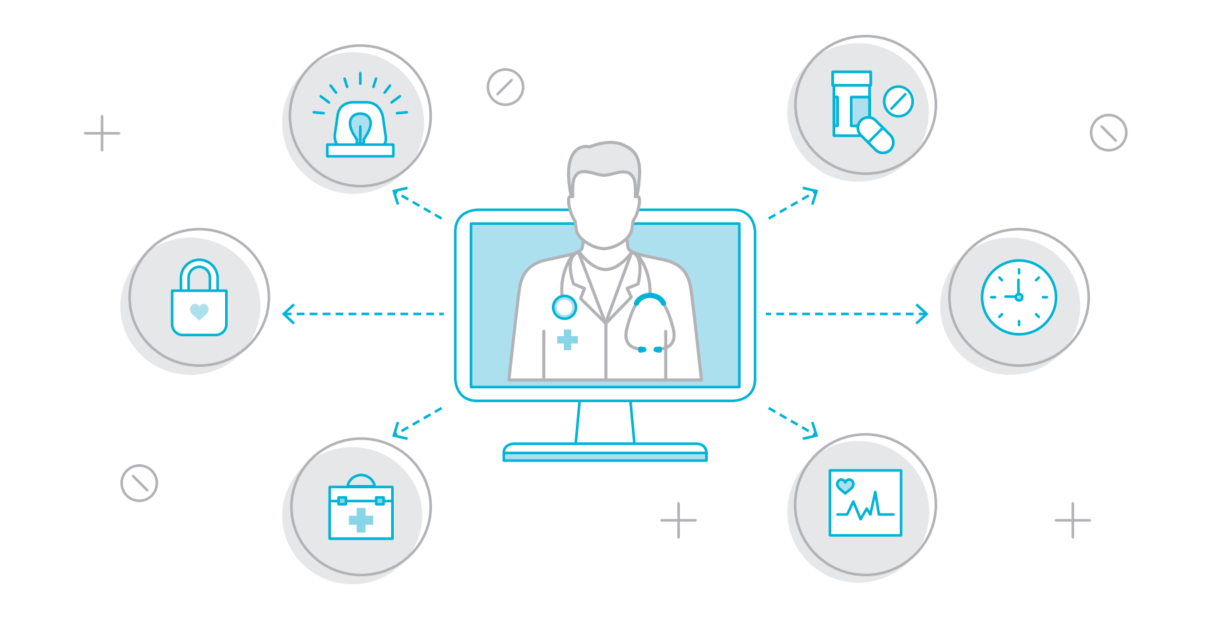In healthcare, innovations in technology are helping boost positive health outcomes. But with added technology comes added security risk.
Telemedicine is becoming more and more prevalent in the healthcare industry. Even back in 2015, 80% of doctors surveyed said telemedicine is a better way to manage chronic diseases than the traditional office visit.

Telemedicine offers patients and health care providers new levels of freedom and accessibility. A patient’s care options are no longer limited by geographic location—patients can now be diagnosed in their office, at home, or even while traveling. Even patients in remote areas can receive the highest quality of care, providing they have an internet connection and smart phone.
Telemedicine can also save both time and money. Patients no longer have to schedule their days around routine follow-up visits (and long office waits). Instead, they can go online to get a prescription update or hop on a conference call to get the check-up they need.
But with greater accessibility comes greater risk. And as more options become available, it’s even more critical to secure protected heath information (PHI) and to comply with health regulations, such as HIPAA in the United States and other global legislation.
Device security is an obvious consideration, since it’s possible for some doctor-patient interactions to be vulnerable to attack. For example, if a hacker gains access to a patient’s device, the hacker may also be able to break into the provider’s network as well.
Then comes the question of identity. How do we trust when the provider or the patient present themselves digitally? While standard healthcare practice is to confirm a patient’s name, date of birth, and other information, a person who has unlawfully accessed this data might also have access to these answers.
While less common, misidentification can still pose a risk. Providers may send information to the wrong person or even send out the wrong information, especially if the provider is not the patient’s regular doctor or care provider.
Healthcare is in the process of unlocking amazing advances and technologies that will aid and speed positive patient health outcomes while building patient confidence. In doing so, healthcare organizations must also take full responsibility for a perfect storm of security risk: more openings for attacks, new and invasive forms of attack, and an increasing demand for patient data.
At SoftServe, we provide a one-stop shop for all of your security and innovation needs.
Our experience in healthcare makes us the perfect fit for understanding security risks and applying appropriate measures in the industry. Our regulatory knowledge, secure systems development life cycle (SDLC), and security services are cost-effective and allow our clients to remain focused on what they do best: patient care.
To learn more about different trends in healthcare—along with their security risks—check out our white paper, “Top Innovations in Healthcare—And Their Security Risks.”

